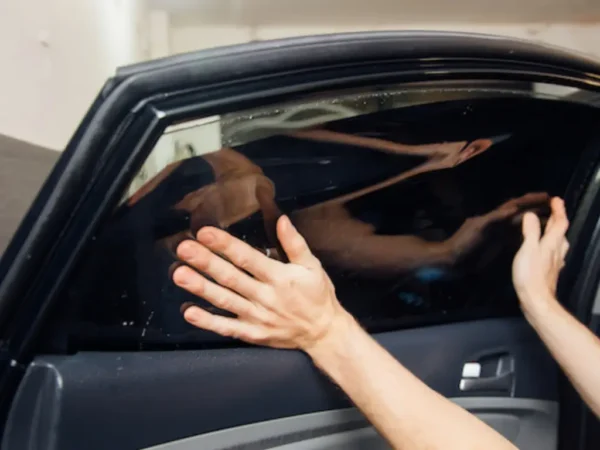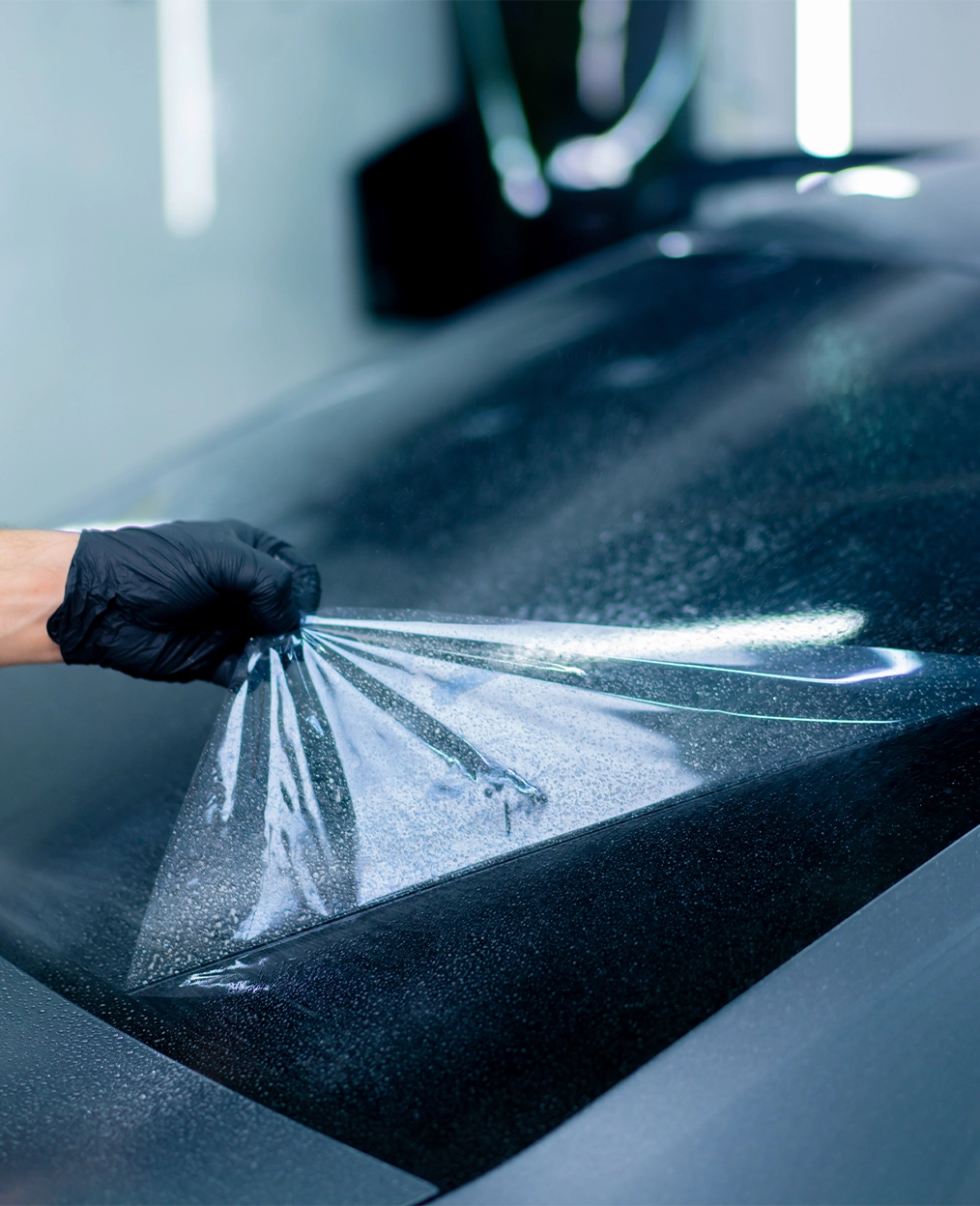Understanding Car Window Tinting Laws in Australia
At Glass Tinting Solutions, we pride ourselves on delivering top-tier window tinting that aligns with all current Tinting Laws across Australia, giving you peace of mind and long-lasting results.
Car Window Tinting Laws in Australia
Car window tinting offers numerous benefits, including enhanced privacy, reduced glare, and protection against harmful UV rays. Whether you’re looking to enhance driving comfort or preserve your car’s interior, tinting can significantly improve your vehicle’s performance and aesthetics.
However, it’s essential to stay informed about Tinting Laws in Australia to ensure your tint is both effective and compliant.
Key Terminology: Visible Light Transmission (VLT)
Visible Light Transmission (VLT) refers to the percentage of visible light that passes through both the window and the tint film. For instance, a 35% VLT means 35% of light passes through, making it darker than a 70% VLT. It’s crucial to note that the combined VLT of the factory glass and any applied film must meet legal standards.



State and Territory Tinting Regulations
State/Territory | Front Side Windows | Rear Side Windows | Rear Window | Windscreen Tinting | Reflectivity Limit |
Australian Capital Territory (ACT) | ≥35% VLT | ≥20% VLT | ≥20% VLT | Top 10% strip allowed | ≤10% |
New South Wales (NSW) | ≥35% VLT | ≥20% VLT | ≥20% VLT | Top 10% strip allowed | Reflective tint prohibited |
Northern Territory (NT) | ≥35% VLT | ≥15% VLT | ≥15% VLT | Top 10% strip allowed | ≤10% |
Queensland (QLD) | ≥35% VLT | ≥20% VLT | ≥20% VLT | Top 10% strip allowed | ≤10% |
South Australia (SA) | ≥35% VLT | ≥20% VLT | ≥20% VLT | Top 10% strip allowed | ≤10% |
Tasmania (TAS) | ≥35% VLT | ≥20% VLT | ≥20% VLT | Top 10% strip allowed | ≤10% |
Victoria (VIC) | ≥35% VLT | ≥20% VLT | ≥20% VLT | Top 10% strip allowed | ≤10% |
Western Australia (WA) | ≥35% VLT | ≥20% VLT | ≥20% VLT | No tinting permitted | ≤10% |
Note: According to Department of Transport Driver and Vehicle services “Top 10% strip allowed” refers to a tinted band across the top of the windscreen, not exceeding 10% of the windscreen’s depth, and must not interfere with the driver’s line of sight.

Additional Considerations
One of the primary purposes of car window tinting is to reduce the amount of hea
Additional Considerations
- Reflectivity: Most states limit window tint reflectivity to 10%, with NSW prohibiting reflective tints entirely.
- Factory-Tinted Windows: Factory glass often includes some degree of tint. When applying additional film, the total VLT must remain legal under Tinting Laws.
- Medical Exemptions: Some states may grant exemptions for individuals with specific medical conditions requiring darker tints. Documentation and approval are typically required.
- Penalties: Non-compliance can result in fines, vehicle defect notices, or mandatory removal of non-conforming tints.
Ensuring Compliance
To ensure your vehicle’s window tinting complies with local laws:
- Consult Professionals: Trust experts like Glass Tinting Solutions, who are deeply familiar with tinting regulations across all Australian states and territories.
- Verify VLT Ratings: Ensure the tint film’s VLT, combined with the window’s existing tint, meets legal requirements.
- Stay Informed: Regularly check for updates to tinting laws in your state or territory.

Glass Tinting Solutions
Why Trust Glass Tinting Solutions?
At Glass Tinting Solutions, we don’t just apply tints, we ensure legal compliance. Our specialists stay updated on all Tinting Laws to help you avoid costly mistakes. We use premium-grade films from leading brands and tailor our services to meet the legal and performance standards specific to your location.
Whether you’re in Queensland, Victoria, or beyond, we make sure your tint is both stunning and street-legal. Contact us today for expert advice or a free compliance assessment.
By understanding and adhering to these regulations, you can enjoy the benefits of window tinting while ensuring safety and legal compliance on the road.
